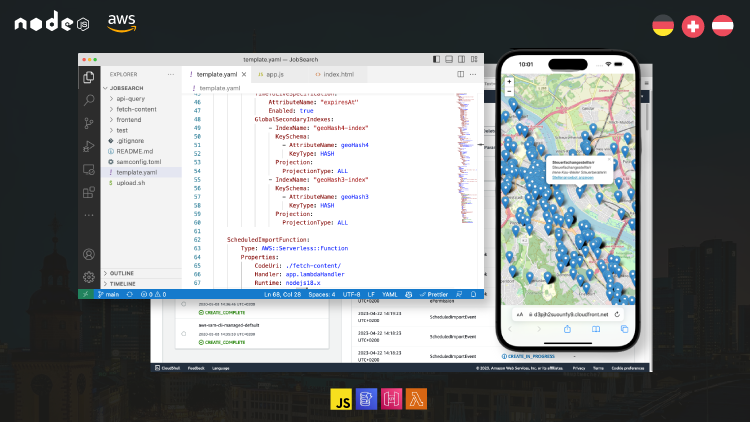Publications On Medium

Explore cutting-edge insights on programming, software development, cloud technology, and artificial intelligence through our publications on Medium.com. Dive into the latest trends and advancements in the tech world brought to you by Kammerath Technology. Elevate your understanding of highly complex custom software development for the cloud with our professional and informative articles. Stay ahead of the curve with our thought-provoking content.
Apps On The App Store
Elevate your task management and collaboration with "Gemeinsam Erledigen"! This innovative app seamlessly integrates task lists into your iPhone's messaging app, streamlining communication and productivity. Say goodbye to scattered tasks and disjointed lists in text messages. Now, you can create, share, and conquer tasks together within the familiar environment of your messaging app. Effortlessly collaborate by sharing task lists directly in your messages, working in real-time with friends, family, or colleagues, and staying organized and connected.

Courses On Udemy

Learn how to develop apps, APIs, and services natively on AWS and operate them for free with our Udemy course. Dive into the practical application of AWS's most popular serverless services including Lambda, API Gateway, DynamoDB, SQS, SNS, and EventBridge. Discover how to effortlessly create and remove services in AWS using SAM, AWS's Serverless Application Model. Perfect for developers looking to enhance their AWS skills. Enroll now to master serverless development on AWS, brought to you by Kammerath Technology - experts in highly complex custom software development for the cloud. Elevate your AWS knowledge with us.


